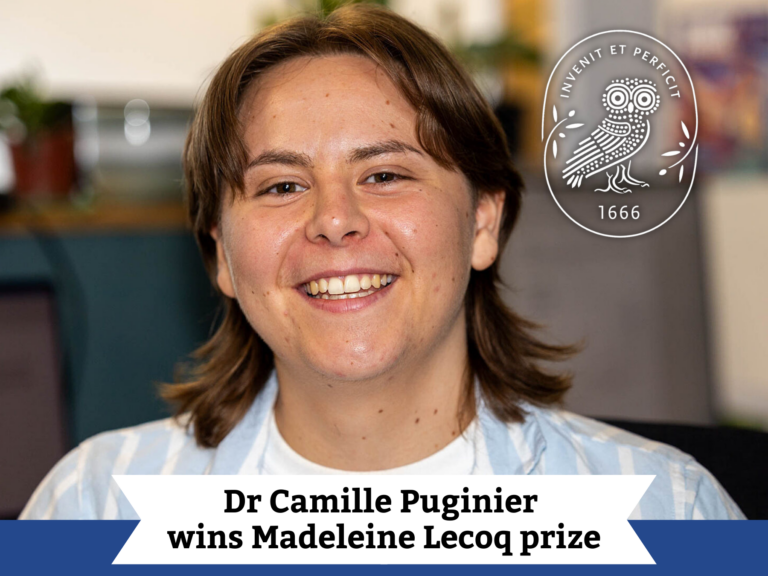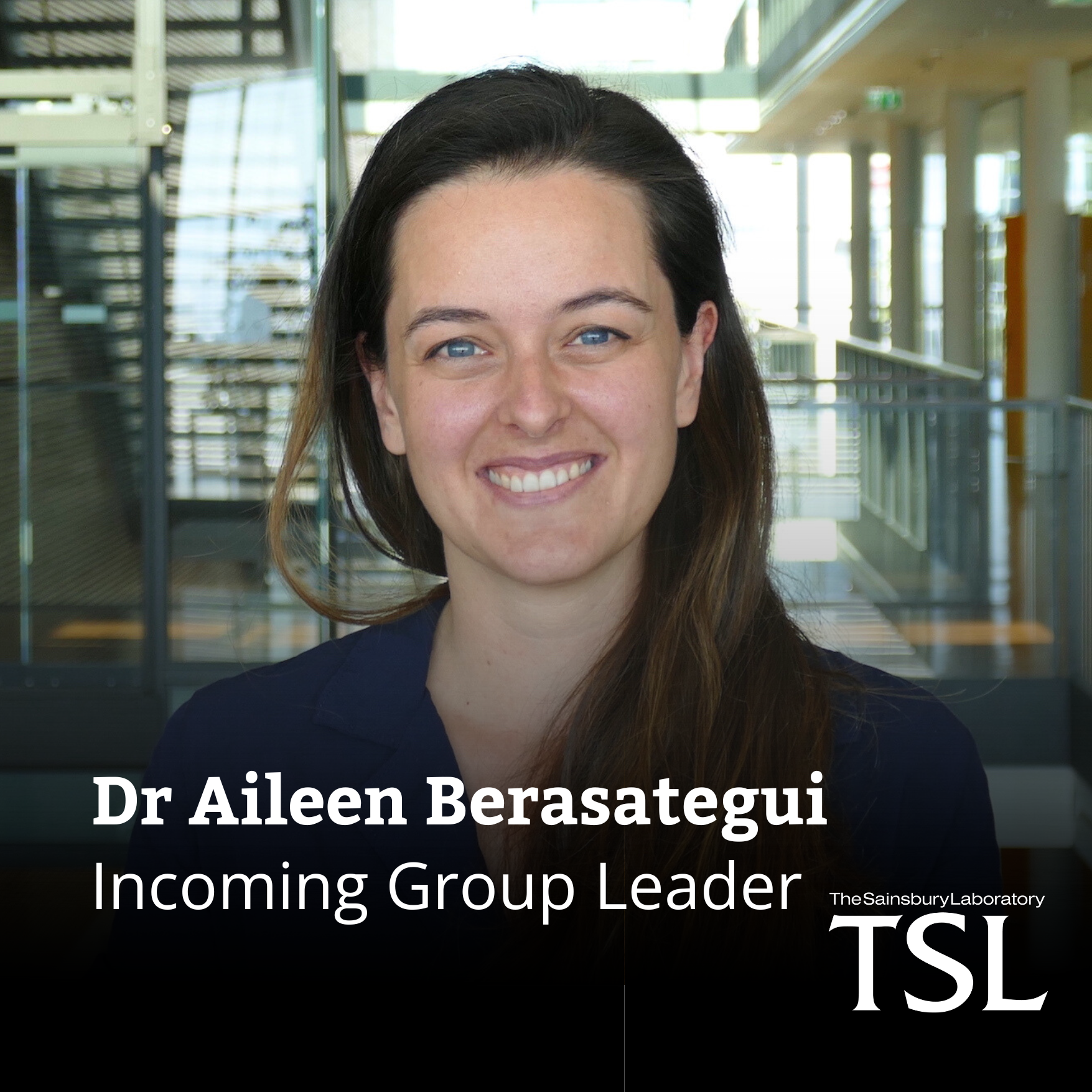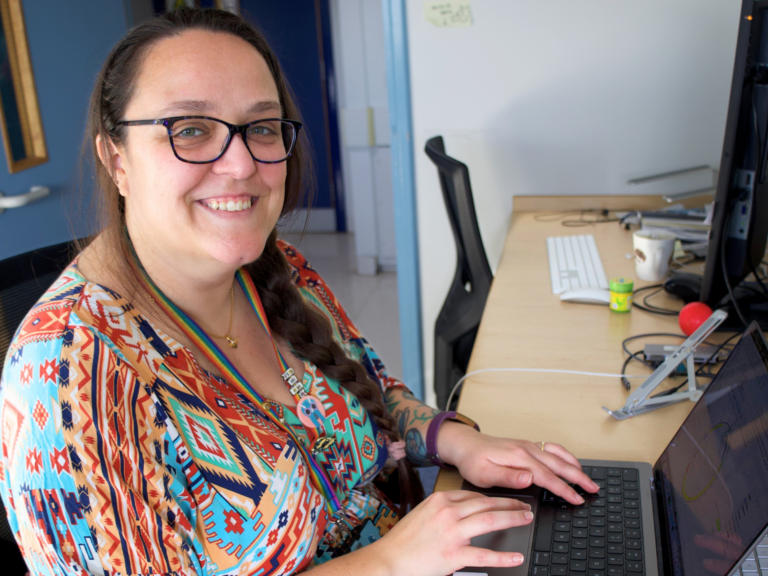Investment in Wheat Pathogen Surveillance
Researchers from The Sainsbury Laboratory and the John Innes Centre in Norwich are excited to contribute to one of the world’s largest crop pathogen surveillance systems as part of an impressive international collaboration constituting 23 institutes.
CIMMYT has announced that the initiative is set to expand its analytic and knowledge systems capacity to protect wheat productivity in food vulnerable areas of East Africa and South Asia.

Wheat stem rust. Credit: Matt Heaton
CIMMYT has launched the Wheat Disease Early Warning Advisory System (Wheat DEWAS), funded through a $7.3 million grant from the Bill & Melinda Gates Foundation and the United Kingdom’s Foreign, Commonwealth & Development Office, to enhance crop resilience to wheat diseases.
Wheat DEWAS is designed to help safeguard wheat productivity and advance sustainable agricultural practices in collaboration with international partners, including researchers at the John Innes Centre, The Sainsbury Laboratory and GetGenome.
The groundbreaking approach enhances crop disease management through the utilization of cutting-edge genomics technology, comprehensive data collection, and seamless integration, all accomplished by a diverse multinational team of collaborators.
The project consists of six interconnected work packages, focusing on preventing outbreaks from novel pathogen strains. By bringing together and expanding existing successful systems, the team aims to provide governments with near-real-time risk forecasts and actionable advice for farmers. This invaluable information will enable proactive responses to transboundary wheat diseases, ensuring long-term sustainable crop productivity.
Rust and blast diseases, the major fungal pathogens threatening wheat, will be the primary targets. Rust diseases, identified by their rust-like appearance on infected plants, can cause significant crop yield reductions. These pathogens' spores can travel across borders and continents, resulting in devastating epidemics. Wheat blast, caused by the fungus Magnaporthe oryzae pathotype Triticum, is another rising threat, causing rapid crop deterioration and leaving farmers with limited time to take preventive measures.

Wheat rust (left) Credit: Matt Heaton. Wheat blast (right) Credit: Nick Talbot.
Through the expansion of the MARPLE diagnostics network in at-risk countries, researchers will provide real-time disease diagnostics and monitoring capacity for wheat rusts. This groundbreaking approach equips researchers in the field with accessible, mobile, and real-time genotyping methodologies, enabling them to contribute critical information to DEWAS's early warning systems.
Having pioneered MARPLE diagnostics in collaboration with colleagues at CIMMYT and the Ethiopian Institute of Agricultural Research, Professor Diane Saunders, the lead of DEWAS Pathogen Diagnostics, is once again looking forward to working with an international team of partners.
“It is fantastic to see the breadth of international collaboration in DEWAS." says Diane, "We are delighted to be part of this phenomenal team, working together to deploy the latest innovations in disease diagnostics, surveillance, and disease forecasting in the locations where they can have the greatest impact in tackling two of the most devastating threats to wheat production.”

Left: Diane Saunders inspecting a wheat field for disease symptoms. Right: Training researchers to conduct real-time diagnostics. Credit Matt Heaton.
Led by David Hodson from CIMMYT and Maricelis Acevedo from Cornell University, this ambitious project brings together a global team of experts. Professor Sophien Kamoun is particularly delighted to expand collaboration with CIMMYT and African scientists, developing and expanding the cutting-edge platforms for genomic surveillance of wheat pathogen.
Open science and international collaborations were at the core of the successful tracing and identification of wheat blast clones after the devastating wheat disease spread to two other continents. By creating the website Open Wheat Blast, the rapid sharing of data was facilitated between researchers, which proved crucial for tracking wheat blast pathogens and ensured that all contributions were appropriately credited.
This resulting publication was recently highlighted as an exemplary way of working with the Global South in an article calling for more collaborative authorship practices. GetGenome, a charitable initiative that aims to provide equitable access to genomic technologies, was inspired by these principles and is designed to enable open science and data sharing with contributions properly credited from the start.
Sophien says “We are thrilled about expanding our collaboration with CIMMYT and African scientists to establish platforms for genomic surveillance of wheat pathogens and share the findings with the community using open science principles.”
The combination of rapid identification of emerging variants together with pathotyping to assess the variants’ potential to impact wheat production will inform the generation of a list of Variants of Concern. This valuable data will be shared with project partners and contribute to the deployment of effective disease management strategies.


